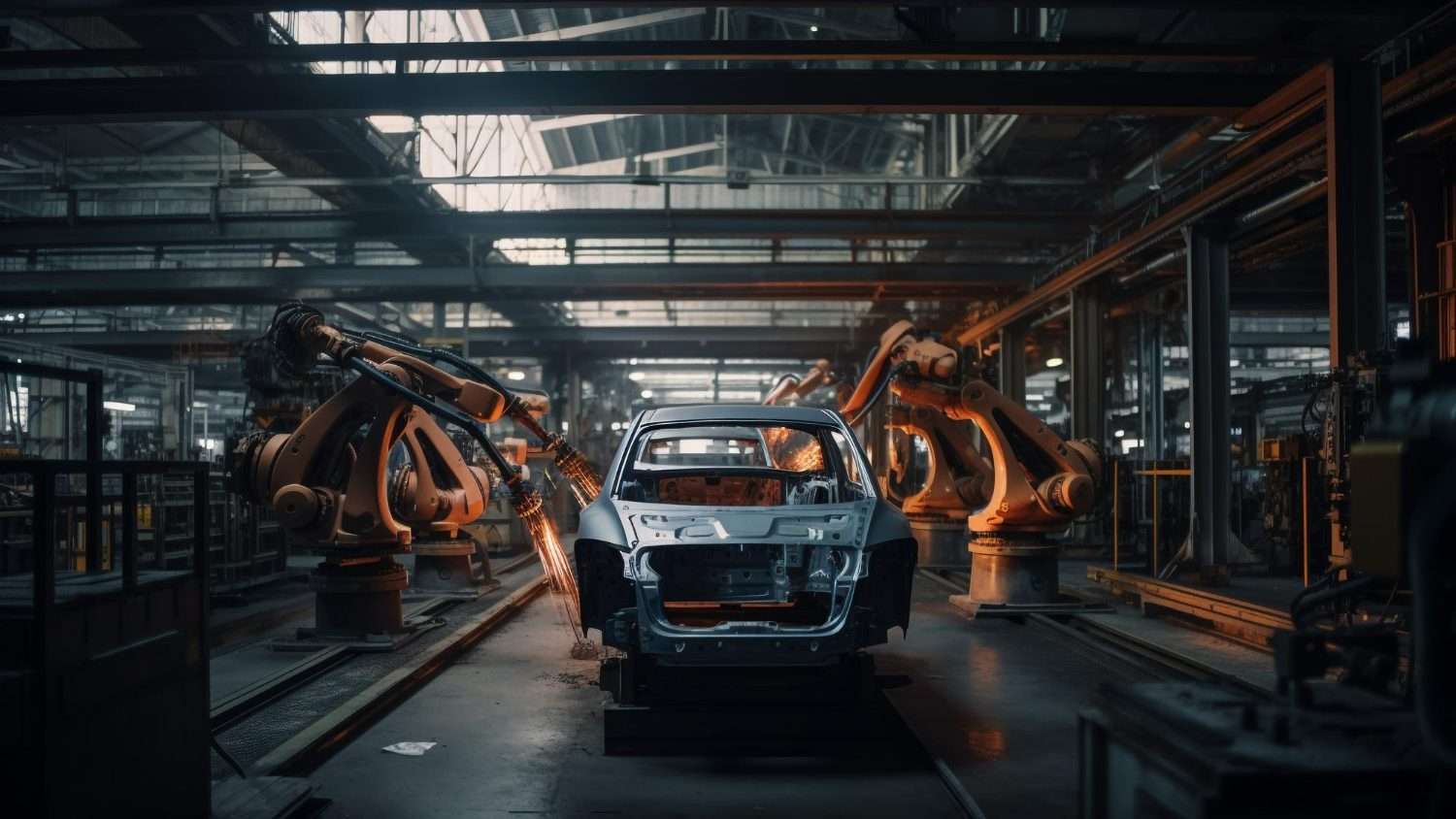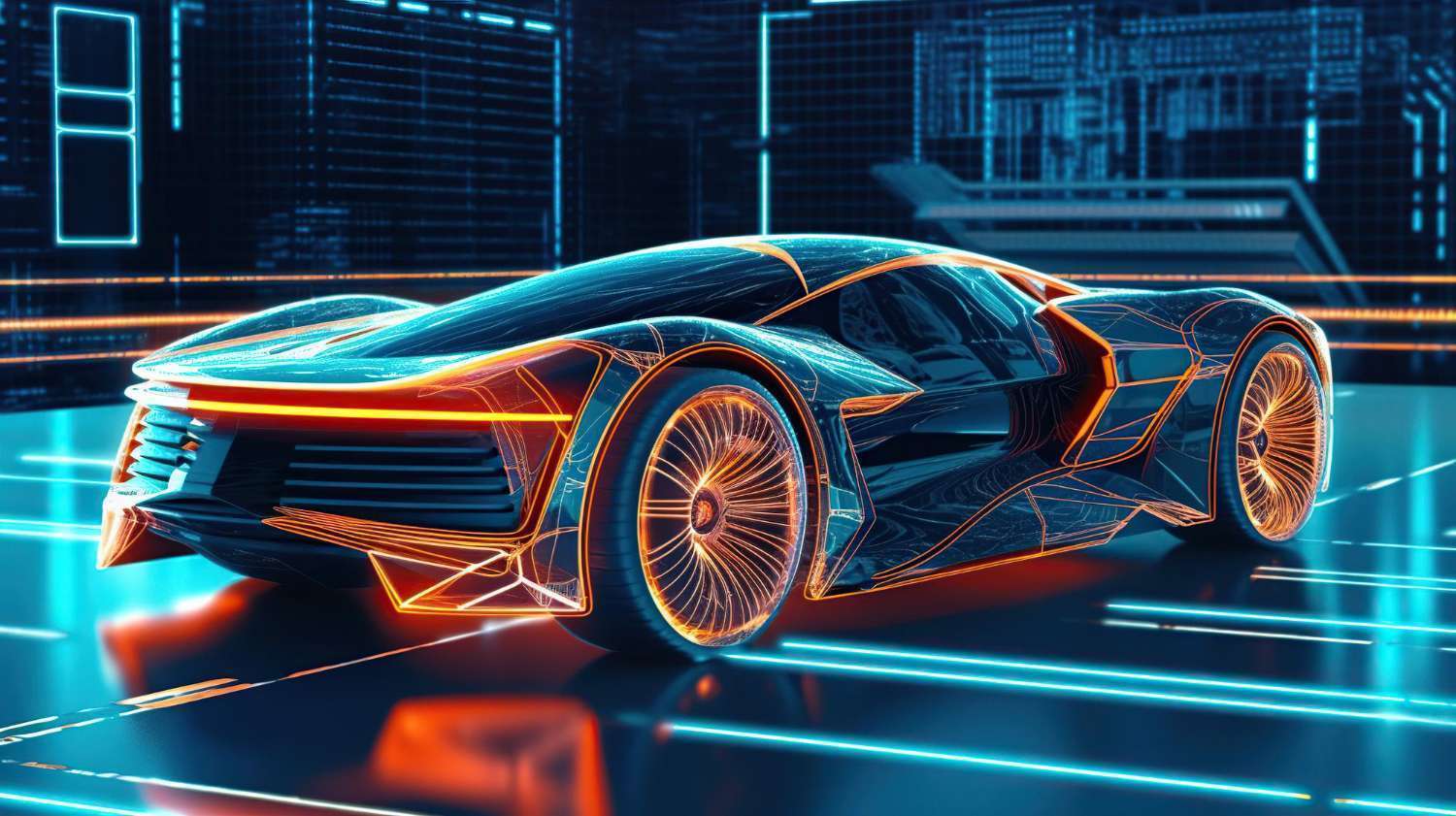Artificial intelligence (AI) is reshaping industries worldwide, none more so than vehicle manufacturing or the automobile industry. Central to the shift is Generative AI, algorithms capable of creating new, optimized designs. With a focus on future car models, the potential for AI to innovate and transform traditional design processes is substantial.
As industries evolve and technological advancements continue to emerge, it’s crucial to stay updated. This article offers a holistic understanding of how generative AI functions within the automotive industry, its benefits, and potential implications, thus equipping readers with the knowledge to leverage it to solve automation and creativity-related challenges.
Summary
- The Basics of Generative AI
- Role of Generative AI in Car Design
- Real-World Applications of Generative AI in Car Models
- Facing and Overcoming the Challenges
The Basics of Generative AI
A starting point to appreciate the impact of AI on automotive design is understanding what Generative AI is. Essentially, it’s a class of AI algorithms designed for unsupervised learning.
What is Unsupervised Learning?
In a nutshell, unsupervised learning is an AI model that learns from data without explicit instructions or labels. To put it into context, imagine it as a kindergartner who learns about the world through observations and interactions, and then makes decisions based on what they have learned.
How Does Generative AI Work?
Generative AI works by training a model on a data set and then having it generate new data similar to what it was trained on. Picture it as a talented mimic: having heard an array of voices, it can reproduce a new voice that sounds human but didn’t previously exist.
The Role of Neural Networks
Central to generative AI is a specific type of machine learning model called a neural network, specifically a Generative Adversarial Network (GAN). To understand this, picture two chess players. The first player makes a move and the second tries to counter it. Their skills improve through these interactions. In Generative AI’s case, these “players” are the generator network, which creates data, and the discriminator network, which evaluates the generator’s output.
Why Use Generative AI?
Generative AI is the key to automated design systems, saving hours of manual labor. It contributes to the improvement and optimization of designs in less time, facilitating creativity and innovation through automation akin to having a large automated kitchen, where various recipes are tested, modified, and improved continuously and rapidly.
Role of Generative AI in Car Design
Generative AI opens a new dimension in the automotive industry 🚗, enabling game-changing designs and solutions.
Predictive Modeling
Generative AI enables predictive modeling – it extrapolates from existing data to predict future outcomes. Think of this as a weather forecast where historical weather patterns are used to predict future conditions. In car modeling, it can predict the success of various design elements.
Optimized Design Processes
Generative AI fast-tracks design processes. It can generate multiple design options based on specified parameters much quicker than a human designer. Imagine a professional sketch artist who can create hundreds of sketches in seconds – that’s what generative AI can achieve.
Enhancing Creativity
By automating certain processes, generative AI enables designers to focus on more creative tasks. It’s much like having a cooking assistant who handles the repetitive chores, giving the chef more time to create intricate, imaginative dishes.
Customization
Generative AI allows customization at scale, facilitating tailored designs for individual customers, akin to a tailor who can create bespoke outfits for all clients regardless of quantity.
Real-World Applications of Generative AI in Car Models
Numerous companies are already harnessing the potential of generative AI in the creation of futuristic car models.

General Motors and Autodesk
A prime example is the partnership between General Motors and Autodesk, where generative AI has been utilized to create lightweight auto parts, leading to more fuel-efficient cars, making this collaboration a promising step toward sustainability.
BMW and AI-Designed Components
The luxury car manufacturer, BMW has also incorporated AI in designing parts with complex designs and structures that would have been impossible for a human designer, leading to vehicles that are not only aesthetically impressive but also functionally superior.
Facing and Overcoming the Challenges
While generative AI possesses tremendous potential, harnessing it effectively requires addressing certain challenges.
Data Privacy
Generative AI requires large volumes of data which can raise privacy concerns. It’s key to reaffirm data usage adheres strictly to privacy laws, just as doctors handle their patients’ health records.
Cultural Acceptance
Advances in technology often face roadblocks in terms of cultural acceptance. It’s crucial to bridge the gap between change and acceptance, much like introducing a new cuisine to a traditional society.
Quality Control
While AI can generate countless designs, not all of them are viable or desirable. The challenge lies in sieving through the generated designs to pick out the most promising ones, similar to a gold miner panning through sediment to find nuggets of gold.
Complex Software
Despite its capabilities, the complexities of AI software may be daunting. Simplifying these complexities, much like breaking down a complex recipe into understandable steps, is vital.
Conclusion
Critical innovators in the auto industry are already harnessing Generative AI for competitive advantage. It is an important tool for predictive modeling, optimization of design processes, enhancing creativity, and mass-scale customization in car modeling. Understanding its working mechanism helps in effective utilization and addressing potential challenges.
As vehicle designs continue to evolve, Generative AI stands to play an increasingly prominent role, redrawing the horizons of what is possible in the automotive world.
- The Agentic Startup Manifesto - June 8, 2025
- Remote Hiring in 2025 - April 5, 2025
- Burnout in Remote Teams: How It’s Draining Your Profits - January 27, 2025
